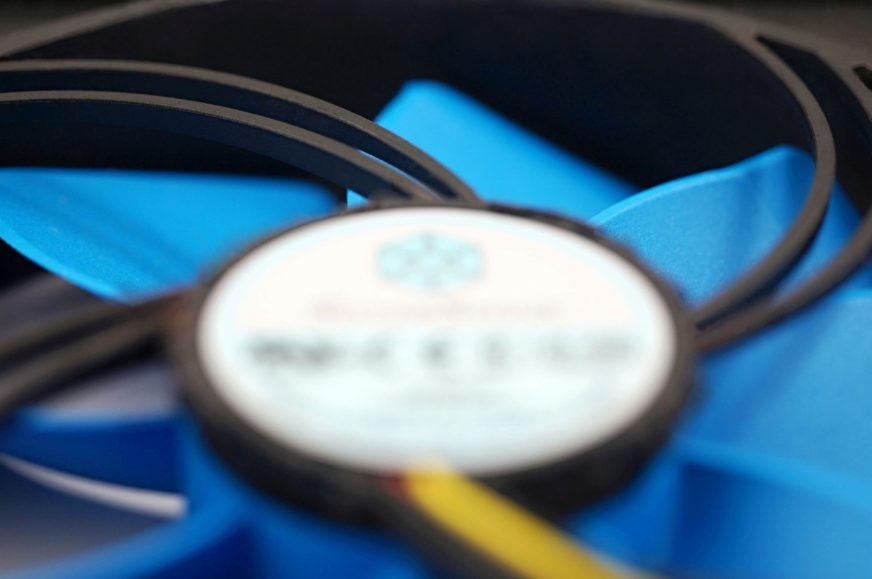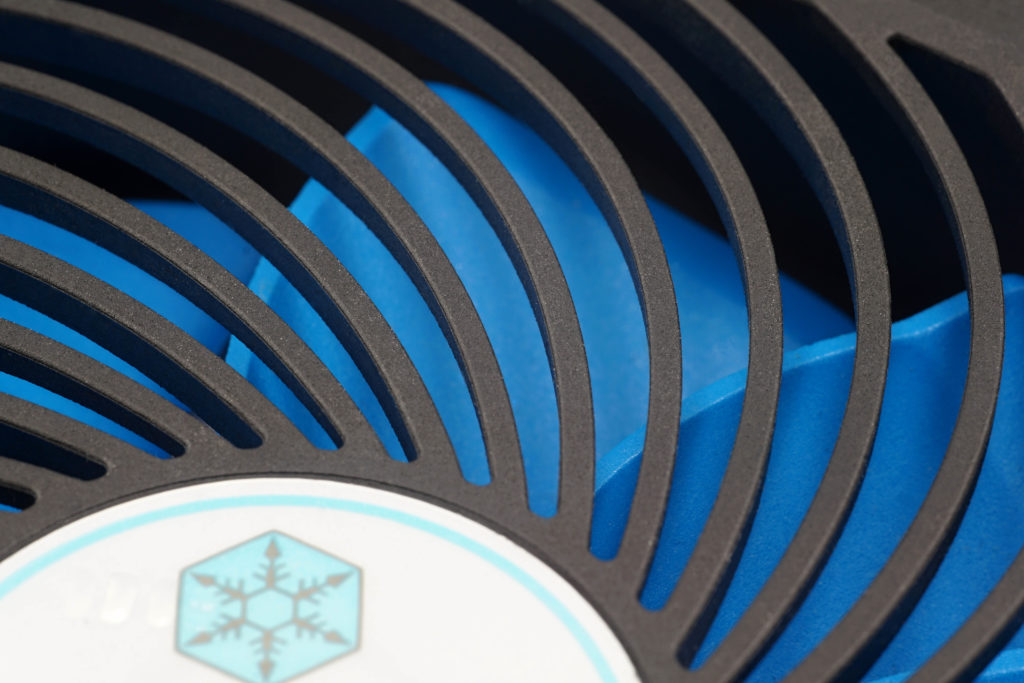Analysis of the SilverStone aerodynamic grille
Every SilverStone Air Penetrator series fan includes an aerodynamic grille on the exhaust. This is firmly attached to the frame, but can be forcibly removed. The AP123 fan has gone through such a process and we will demonstrate the benefits of this grille. Whether it is good or bad cannot be noted briefly, but the way SilverStone communicates it to the public is again a bit unfortunate and misleading.
SilverStone likes grilles and the topics around them.
You may have recently read a complete analysis of the AP123 fan, which clearly shows SilverStone has no problem pulling your leg just to artificially create a competitive advantage. Although therefore not based on truth, as far as the mystification is concerned, it is not true that the hexagonal grille in front of the rotor (on the intake side) does not increase the noise level of the fan. Now we’ll talk about the grille again, but it’ll be a slightly different story. In principle, this is no longer a fabrication and the grille on the fan exhaust does indeed work as SilverStone describes, but is it put into practice well?
The aerodynamic grille on the AP SilverStone fans consists of curved fins with an “I” profile of 3 mm height and 1.6 mm width. They are rectangular in cross-section, i.e. with right-angled corners. In its materials, SilverStone notes in text, illustrations, and on video how this grid changes the flow trajectory and narrows the airflow span.
In other words, the airflow is more direct and does not go sideways as with fans that do not have such a grille.
This allows the fan to exert a higher overall pressure in an open space over a greater distance, for example two meters, as SilverStone emphasizes with the Air Penetrator 140i, for example.
This is true, and indeed the Air Penetrators will have more range (in terms of total pressure) than other fans. That’s because the grille creates a similar effect to when you squeeze a hose with water flowing through it. The effect of the change in pressure by constricting the throat is that you get more range, but you don’t pump more volume.
For some applications, this behavior can be useful when we relate it again to that fan situation. In setups with passive coolers that dissipate heat by radiation, the higher pressure on the fins will translate into better cooling. However, in conventional builds, and with active coolers, the heat is removed from the fins by the fans of the individual components (graphics card, CPU, and so on) and the role of the system fans is a bit different. Namely, to exhaust as much heated air as possible and to ensure the fastest possible exchange with the cooler ambient air, preferably at the lowest possible noise level.
From the perspective of mainstream PC builds, the grille behind the rotor appears to be an unwanted obstacle that limits the amount of airflow, as it creates a kind of wall behind the rotor. Sure, it’s “aerodynamic”, but that doesn’t change the fact that part of the surface area (cross-section) is covered. If we covered it completely, no air would flow in.
That’s probably enough for the theoretical part, let’s move on to the practical part and how the fan’s characteristics change after the grille is removed. Or rather after removing a large part of it. Of the 34 blades of the grille, 26 were removed for testing purposes. Eight pieces were left, these simulate the normal design of other fans.
You can see what the modified AP123 fan looks like in the header photo.
There is probably no need to expose the details for admiration. We haven’t paid much attention to the cosmetics and it’s a rough job with a soldering iron and refracting knife (to tweak imperfections). But the level of modification is accurate enough from a functional point of view, the rotor statics have been retained and the vibration hasn’t changed. The only difference is the grille and the worse (choppier) visuals.
So let’s get to those tests! You will find them traditionally in the following chapters of the article.
- Contents
- Analysis of the SilverStone aerodynamic grille
- The basis of the methodology, the wind tunnel
- Static pressure measurement…
- … and airflow
- Results: Airflow w/o obstacles
- Results: Static pressure w/o obstacles
- Results: Frequency response of sound w/o obstacles
- Conclusion










